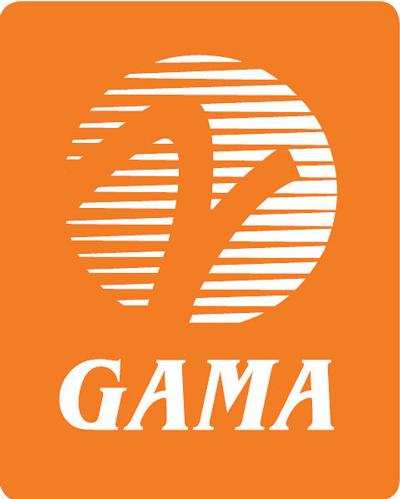Bill Would Lead to Evaluation, Development of AAM Economy, Infrastructure
The U.S. Government has begun laying the foundation for the Advanced Air Mobility (AAM) ecosystem, with a bill progressing through the House and Senate with bipartisan support.

The proposed “Advanced Air Mobility Coordination and Leadership Act” would call upon the Transportation Secretary to create an inter-agency working group to coordinate the development of future AAM policy, infrastructure, and legislation before widespread adoption of eVTOL aircraft begins.
The proposed working group would include representatives from the Departments of Defense, Energy, Commerce, and Homeland Security, as well as NASA and the FAA. Organizations invited would include representatives from various adjacent interests, including flight training, ground handling, maintenance, aircraft operators, unions, first responders, environmental groups, energy companies, urban planning, and air traffic system experts. The implementation of a widespread, parallel air traffic system is a monumental undertaking, one that most AAM manufacturers are planning to capitalize on. Sweeping changes in the fabric of urban transportation are likely, with aerial ride share companies, point to point airborne commuting, and automated delivery that will provide greener, more sustainable alternatives to ground based transportation, along with employment, revenue, and increased access to areas of the country that previously received little traffic due to the layout of ground travel.
The bill for the working group would see formation within 120 days of legislation, and be ready to start deliberations 60 days after that. The first task would be to complete a review and evaluation of the spectrum of factors needed to support AAM development, then to report on said project 180 days after completion. If the timeline is followed, the final report would be expected around the end of 2022.
GAMA sees the move as an indication of the importance placed upon the burgeoning AAM industry. With a working group that integrates stakeholders and experts, governmental response to industry concerns and needs would be simplified, streamlining development and precluding a smattering of individual liaisons to a variety of agencies and bureaucracies.

“The Advanced Air Mobility sector is on the verge of transforming the future of aviation with the introduction of electric and hybrid powered aircraft into the national airspace system. The Advanced Air Mobility Coordination and Leadership Act will ensure that the federal government develops a coordinated approach for promoting this innovative sector of aviation which will facilitate additional transportation options, create jobs and economic activity, advance environmental sustainability and new technologies, and support emergency preparedness and competitiveness,” said Pete Bunce, President and CEO of GAMA. “We commend the House for passing this important bipartisan legislation and are grateful for those that championed it, including the bill’s sponsors, Representatives Davids and Graves, as well as all of the cosponsors.”
 Aero-TV: DeltaHawks Diesel Power Steps Into the Spotlight
Aero-TV: DeltaHawks Diesel Power Steps Into the Spotlight NTSB Prelim: Mooney Aircraft Corp. M20K
NTSB Prelim: Mooney Aircraft Corp. M20K ANN FAQ: Turn On Post Notifications
ANN FAQ: Turn On Post Notifications ANN's Daily Aero-Linx (12.20.25)
ANN's Daily Aero-Linx (12.20.25) Aero-News: Quote of the Day (12.20.25)
Aero-News: Quote of the Day (12.20.25)




